Swiss artists find inspiration in the darkest corners of the natural and built environments.
January 30th, 2009
Gerda Steiner and Jörg Lenzlinger’s current exhibition, The Water Hole, at the Australian Centre for Contemporary Art in Melbourne explores life and death, peril and beauty, light and dark.
The installation utilizes found and made objects to create an “artificial landscape of ‘little miracles’” – combining ‘taxidermed’ wildlife and industrial waste products with found objects from the natural world like branches and plant materials.
“There is a marvelous exuberance in the works of Gerda and Jörg that enables the viewer to enter into a fantastic, environmental reverie,” says Juliana Engberg – ACCA’s Artistic Director.
Their fantastical works are about creating interactive environments that highlight dichotomies of life and death, organic and inorganic, good and evil – a synthesis of the natural and man-made worlds.
Living and working in Uster, near Zurich, Steiner and Lenzlinger have exhibited around the world from Europe to Japan and Dubai. The artists employ strong and contrasting colours in their works.
“Gerda and Jörg encourage, through their works, the spirit of discovery and attention to the small and wonderful in the context of the bigger cosmos,” says Engberg.
“Their works reference the environment and its fragile eco-system and will lead us to consider what might be a paradise lost amidst the found discarded objects of waste and excess.”
The Water Hole exhibition will run at the ACCA until 1 March 2009.
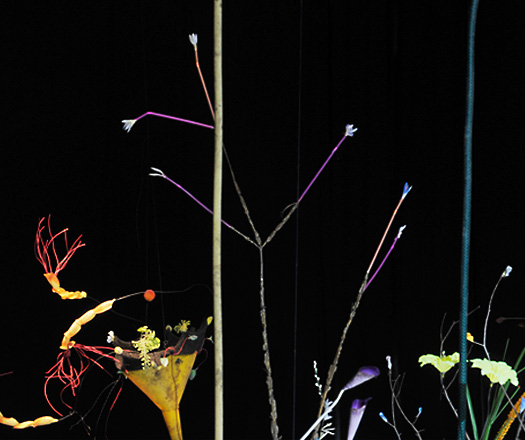
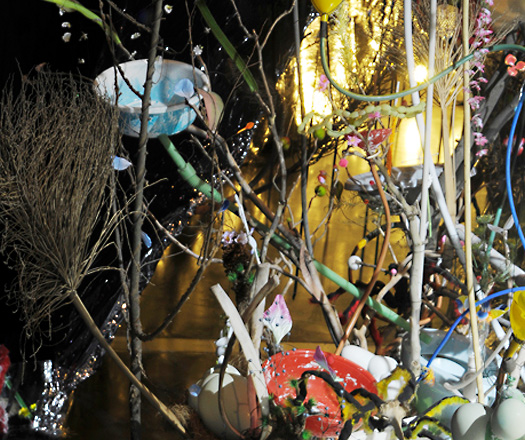
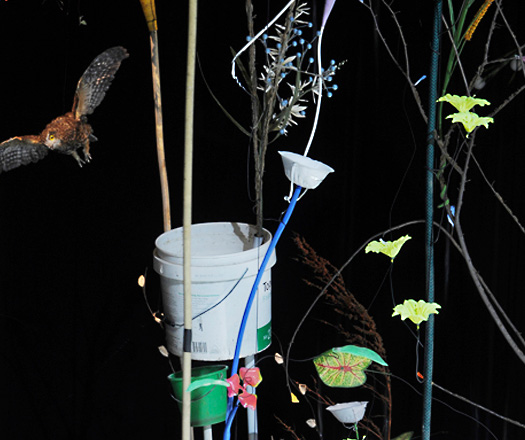

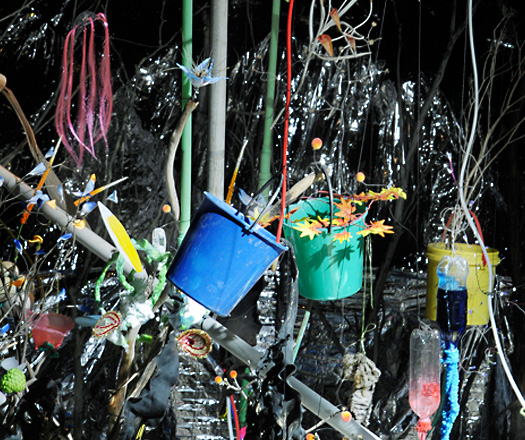
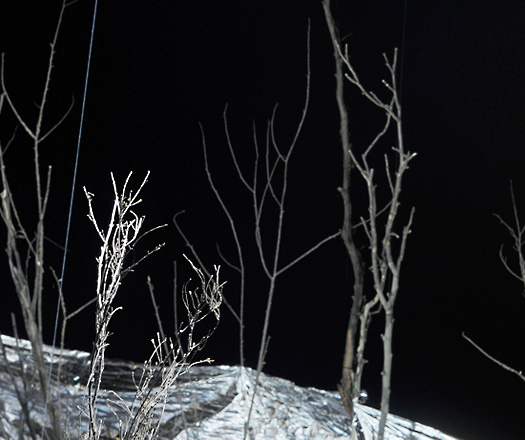
Australian Centre for Contemporary Art, 111 Sturt Street, Southbank.
Gallery hours: Tuesday-Friday 10am-5pm, Weekends and Public Holidays 11am–6pm. Mondays by appointment.
Tel: +61 3 9697 9999.
Admission: Free.
A searchable and comprehensive guide for specifying leading products and their suppliers
Keep up to date with the latest and greatest from our industry BFF's!

Create a configuration to suit your needs with this curved collection.

Suitable for applications ranging from schools and retail outlets to computer rooms and X-ray suites, Palettone comes in two varieties and a choice of more than fifty colours.

In the pursuit of an uplifting synergy between the inner world and the surrounding environment, internationally acclaimed Interior Architect and Designer Lorena Gaxiola transform the vibration of the auspicious number ‘8’ into mesmerising artistry alongside the Feltex design team, brought to you by GH Commercial.

Marylou Cafaro’s first trendjournal sparked a powerful, decades-long movement in joinery designs and finishes which eventually saw Australian design develop its independence and characteristic style. Now, polytec offers all-new insights into the future of Australian design.
Emeco brings its 111 Navy Chair, a collaboration with Coca-Cola, to Australia for the first time.
Plus Architecture have used Staron® Solid Surfaces in different areas of their stunning and unique head office in St Kilda, Melbourme.
The internet never sleeps! Here's the stuff you might have missed

Salone del Mobile 2024 is only a few weeks away, so we’re highlighting here seven special events, spaces and installations that we’re certainly planning to check out.

July has arrived in Fortitude Valley, Brisbane and this exemplary luggage brand has a new home that ticks all the boxes.